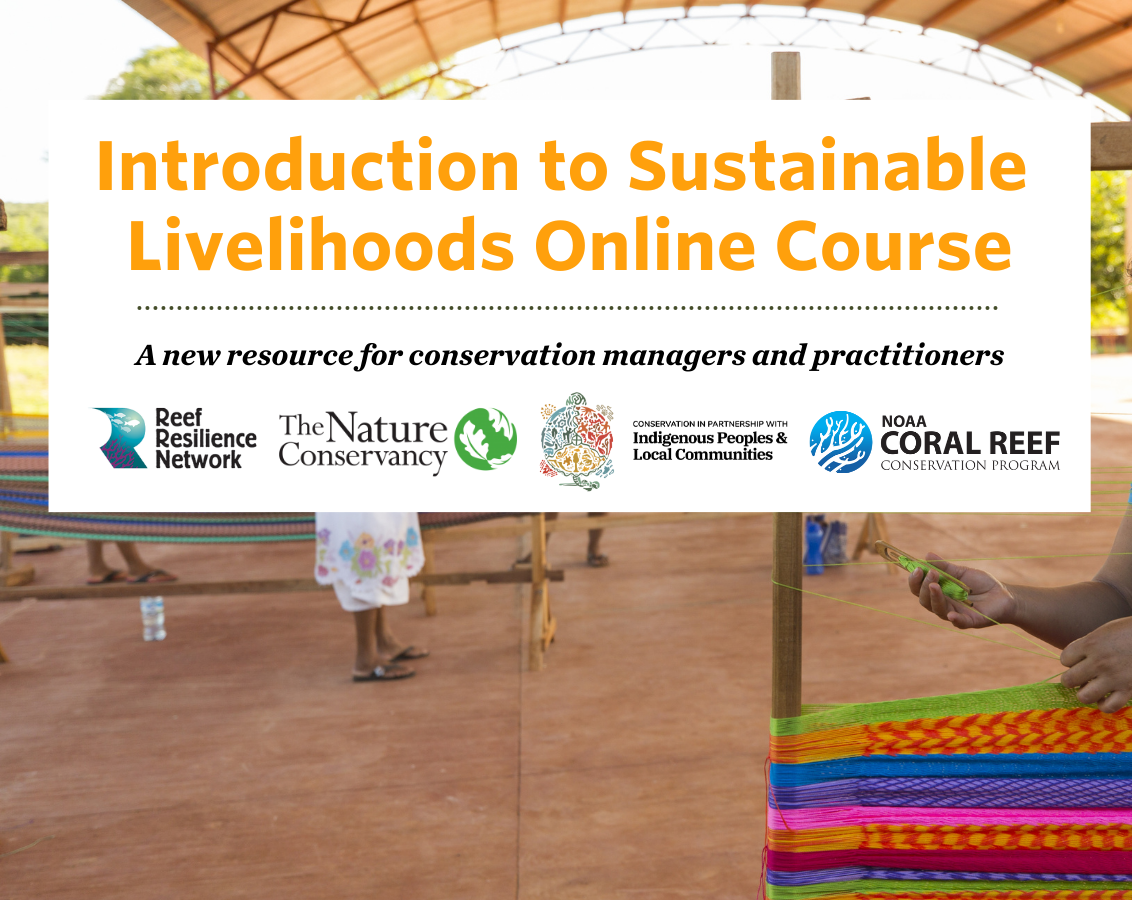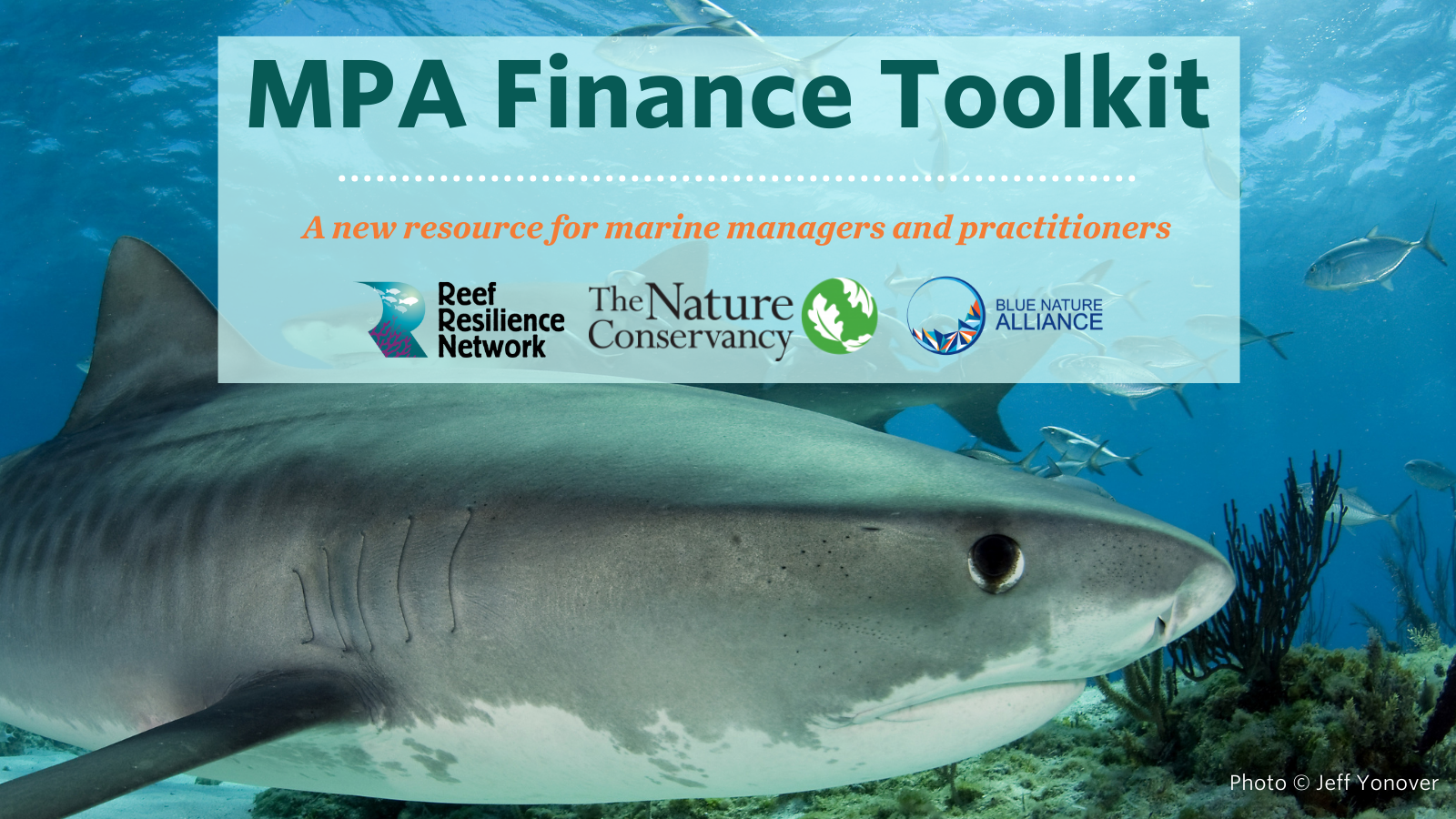Area-based management for conserving biodiversity is becoming more common, especially to meet global targets like the 30 X 30 initiative. While Marine Protected Areas (MPAs) are often set up to protect biodiversity, other types of management established for different purposes may also help achieve conservation goals, such as the case of other effective area-based conservation measures (OECMs). However little is known about the effectiveness of these different area-based management types in conserving biodiversity. This study examined data from a coastal social-ecological monitoring program (MACMON) across six Indo-Pacific countries to assess whether the reasons behind establishing an area (biodiversity protection, socio-economic reasons, or both) and the regulations implemented (such as temporal closures, gear restrictions, and species-specific regulations) were linked to its success in enhancing reef fish biomass, an established indicator of coral reef health.
The study compared the effectiveness of MPAs with other types of area-based management, including areas that met the Convention on Biological Diversity’s (CBD) definition of OECMs and those that fall short of the criteria but still provide some type of management, as well as with areas lacking enhanced area-based management. It revealed that various forms of managed areas, objectives, and regulations can effectively maintain high fish populations compared to areas lacking management. However, there was no consistent correlation between specific objectives or regulations and increased reef fish biomass. This suggests that there is no universal management solution and that instead, management should be tailored to each location for the best results. Many study sites located within managed areas – including MPAs – still had low reef fish biomass, underscoring the importance of monitoring outcomes of management efforts to achieve positive conservation outcomes.
Implications for managers
- A variety of management types, objectives, and regulations can be successful in conserving biodiversity.
- Tailoring management plans to local conditions and needs can maximize effectiveness and outcomes.
- Track and evaluate the outcomes of all management efforts, including MPAs, to ensure conservation goals are met while also addressing social-economic objectives.
- Make sure that management programs enhance the current local governance structures and that they receive enough support through recognition, funding, and training.
Authors: Ban, N.C., E.S. Darling, G.G. Gurney, W. Friedman, S.D. Jupiter, W.P. Lestari, I. Yulianto, S. Pardede, S.A.R. Tarigan, P. Prihatiningsih, S. Mangubhai, W. Naisilisili, S. Dulunaqio, J. Naggea, R. Ranaivoson, V.N. Agostini, G. Ahmadia, J. Blythe, S.J. Campbell, J. Claudet, C. Cox, G. Epstein, Estradivari, M. Fox, D. Gill, A. Himes-Cornell, H. Jonas, E. Mcleod, N.A. Muthiga and T. McClanahan
Year: 2023
Conservation Biology 37: e14156 doi: 10.1111/cobi.14156


